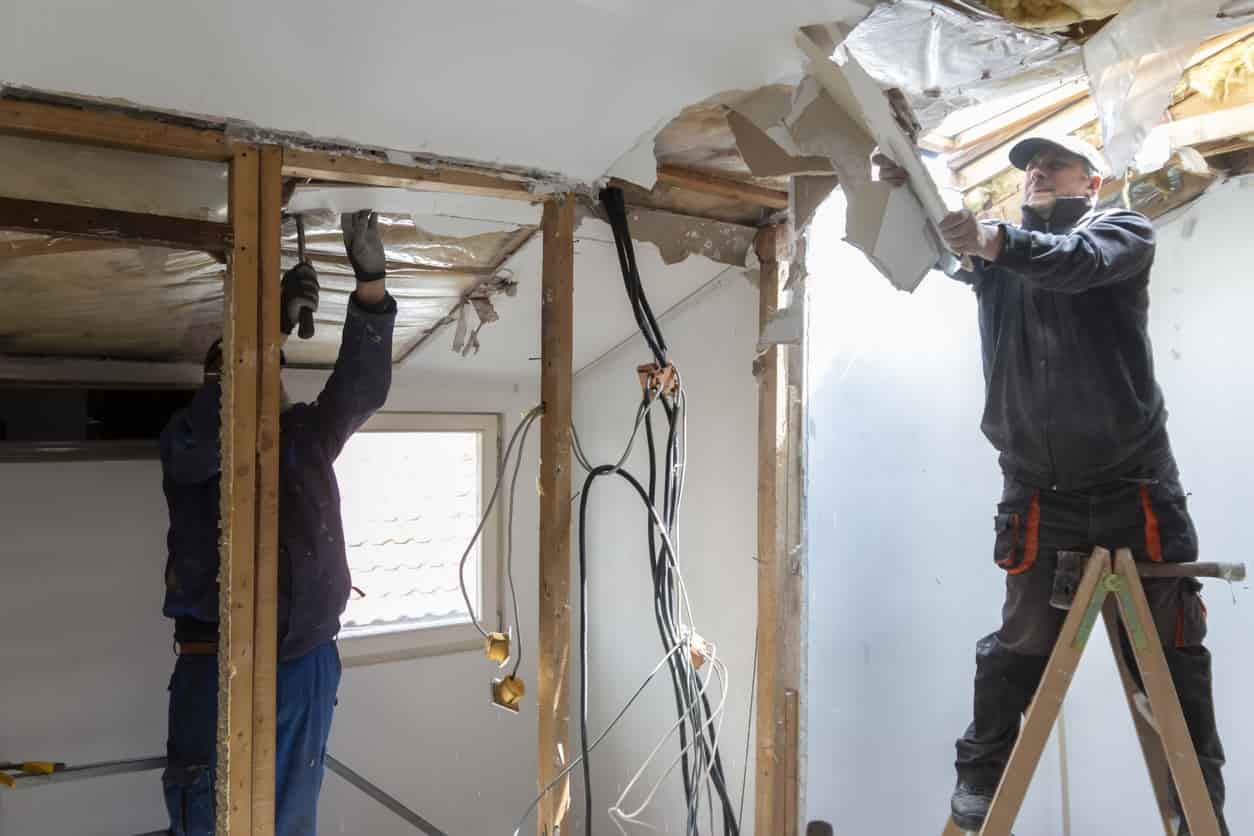No home is immune to disasters and damage, whether it’s from a storm, fire, or flood, a Denver Restoration Company offers emergency services to clean up and repair the property.
The first step is mitigation, which can prevent additional damage like mold or mildew. This includes plugging holes, cleaning and disinfecting, boarding windows to keep out animals and the elements, and using roof tarps.
Drying Out
Once the coagulated water has been removed, the next restoration step involves advanced drying and dehumidifying equipment. A professional restorer uses moisture and humidity measuring instruments to identify all wet areas in a property. These include thermal imaging cameras, hygrometers, and a thermo-hygrometer. They use these instruments to detect and measure moisture levels in the walls, floors, and furniture.
Moisture readings help to determine how many air movers and dehumidifiers are needed to dry the space. This helps to avoid over-drying, which can cause secondary damage to building materials and furnishings.
Left untreated, structural damage can occur as wood may swell, and wood studs can break down. Mildew and mold growth, as well as biohazard contamination, can also develop. Drying out a space promptly can prevent this damage. It also minimizes the time needed for a complete restoration. Professional restoration contractors take frequent moisture readings throughout the process, adjusting their equipment and drying strategies.
Mold Remediation
Molds require water, oxygen, and a suitable environment to grow, so it’s important to eliminate the conditions that enable their existence. A professional restoration company knows how to cut off these favorable conditions and stop the spread of toxic fungus such as Stachybotrys chartarum, which causes dry rot and can damage timber structures.
When technicians identify areas of mold growth, they set up containment zones to isolate them from the rest of the house and prevent the release of mold spores into other parts of the building. They also dispose of porous materials such as drywall, insulation, and carpeting. They then clean and disinfect the areas affected by mold growth and sanitize any personal items that can be saved.
Dehumidifiers also remove moisture from the air, which helps stop mold growth and encourages a faster recovery. After the work is complete, technicians will return to the property to remove their equipment, take down containment, and inspect the area again.
Contents Restoration
After a disaster like a fire or flood, it is not just the building that needs restoration; personal property must also be cleaned and restored. For this reason, a reliable restoration company has a dedicated team of experts for cleaning and restoring personal belongings.
Using advanced technology, such as The Esporta Wash System for soft contents and Fireline Ultrasonics for hard contents, they can often restore items that have been thought to be lost for good. This greatly reduces insurance claims, saving the policyholder and the insurer money and stress.
The most important things that must be cleaned and restored include photographs, family heirlooms, and furniture. The restoration company will remove these items from the damaged home or business to be cleaned, packed, boxed, and labeled for offsite storage. This will help keep items from further damage by unfavorable weather conditions or theft. Then, they can be reunited with the owner after the restoration.
Structural Repair
Professional restoration services can address structural damage from a variety of causes. These include natural disasters, poor construction or design, and age-related wear and tear. Addressing structural damage early can save lives, minimize future losses, and protect property owners from legal liability.
Structural repair is a complex process that requires expert guidance. Restoration professionals provide thorough assessments, work with insurance companies to file claims, and create a plan to restore damaged structures to their original condition. This helps homeowners and business owners reduce stress and focus on rebuilding their lives.
Small to medium size structural repairs involve patching, fixing, and repairing structural components and fixtures. These include drywall, tile repair, shingle replacement, or concrete restoration.
Large structural repairs are more extensive and may involve reinforcing, retrofitting, or replacing a structural component or structure. They could also include upgrading a building to withstand seismic activity, repairing foundations or beams, or replacing slabs.
